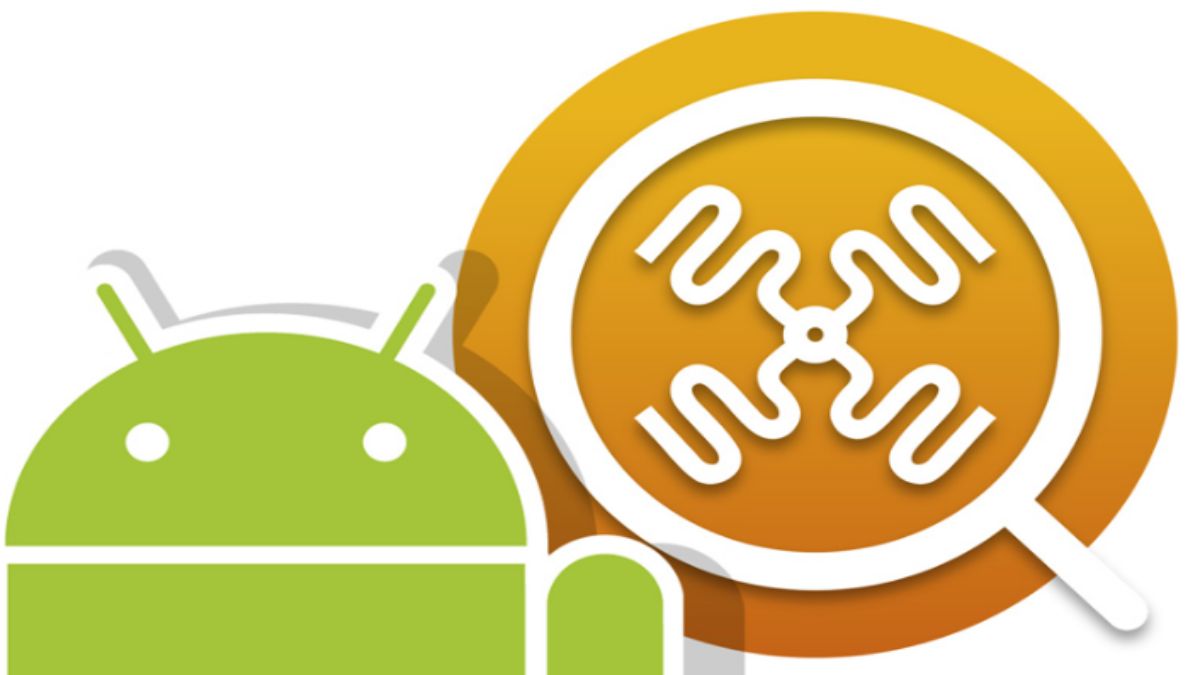Simple Android RFID app Guide for Beginners
If you want to build a simple Android RFID app, you’re in the right place. This guide will take you step-by-step through everything you need to know to create a basic RFID app on Android. Whether you are a beginner or intermediate Android developer, this tutorial will help you understand how to read RFID tags, use Android’s NFC capabilities, and build an easy-to-use app that works smoothly.
You may be wondering how RFID works with Android devices and how to start your project. In this article, we’ll answer these questions and provide a clear, friendly tutorial. Let’s dive in.
What is a Simple Android RFID app
A simple Android RFID app is a mobile application designed to read RFID tags using an Android device’s NFC (Near Field Communication) hardware. These apps can be used for inventory tracking, access control, or basic data exchange. Unlike complex systems, a simple app focuses on easy interaction and quick results.
Why Build a Simple Android RFID app
You might ask why you should build one yourself. Creating a simple Android RFID app helps you:
-
Learn how NFC works on Android
-
Understand RFID technology basics
-
Develop skills in Android app development
-
Build practical applications for projects or businesses
-
Experiment with hardware and software integration
Requirements to Build a Simple Android RFID app
Before you start coding, make sure you have:
-
An Android device with NFC support
-
Android Studio installed on your computer
-
Basic knowledge of Java or Kotlin
-
RFID tags or NFC cards for testing
-
USB cable for device connection
Setting Up Your Android Project for RFID
-
Create a new project in Android Studio with a blank activity.
-
Enable NFC permissions in your AndroidManifest.xml:
-
Set up intent filters to handle NFC tags:
How to Read RFID Tags with Android NFC
Once the project is set, your app can listen for RFID tag scans. Follow these steps:
-
Use the
NfcAdapterclass to check if NFC is available and enabled on your device. -
Handle NFC intents in your activity to process scanned tags.
-
Extract tag information and display it in your app.
Example snippet to read tag ID:
Designing a User-Friendly Interface
Your app should be simple and clear. Use these tips:
-
Show clear instructions on how to scan RFID tags
-
Display the scanned tag ID or data immediately
-
Use a clean layout with readable fonts
-
Provide feedback like sounds or vibration on a successful scan
Testing Your Simple Android RFID app
Test on an actual device with NFC. Ensure NFC is enabled and scan multiple RFID tags to verify your app reads them correctly. Debug any issues using Android Studio’s Logcat.
Common Challenges When Building RFID apps on Android
-
Device compatibility (not all Android devices support NFC)
-
Reading different tag formats (NDEF, MIFARE, etc.)
-
Handling tag reading in background or when app is closed
-
Security considerations when handling sensitive data
Enhancing Your Simple Android RFID app
Once you master the basics, try adding features like:
-
Storing scanned data locally or on a server
-
Filtering tags by type or content
-
Integrating with other Android sensors or Bluetooth devices
-
Creating custom layouts for different use cases
Conclusion
Building a simple Android RFID app is easier than you might think. By following this step-by-step guide, you now know how to set up your Android project, enable NFC, read RFID tags, and create a user-friendly app. Start experimenting today to build powerful, practical RFID apps with your Android device.
Frequently Asked Questions (FAQs)
1. Does every Android device support RFID reading?
No. Only devices with NFC hardware can read RFID tags. Check your device specs to confirm.
2. Can I read all types of RFID tags with an Android phone?
Android NFC supports common RFID types like NDEF and MIFARE, but not all RFID standards.
3. Do I need special permissions to use NFC in Android?
Yes. Your app needs NFC permission in the manifest to access NFC hardware.
4. How can I test my RFID app without physical tags?
You can use NFC tag simulators or other devices programmed to act as NFC tags.
5. Is Kotlin better than Java for this app?
Both work well. Kotlin offers modern syntax and concise code but choose what you’re comfortable with.
6. Can I use this app offline?
Yes. Reading RFID tags does not require internet access.
7. How do I improve RFID tag reading speed?
Optimize your app by minimizing UI updates during scans and handling intents efficiently.
8. Can I write data to RFID tags using Android?
Yes, Android supports writing to writable RFID tags with the right APIs.
